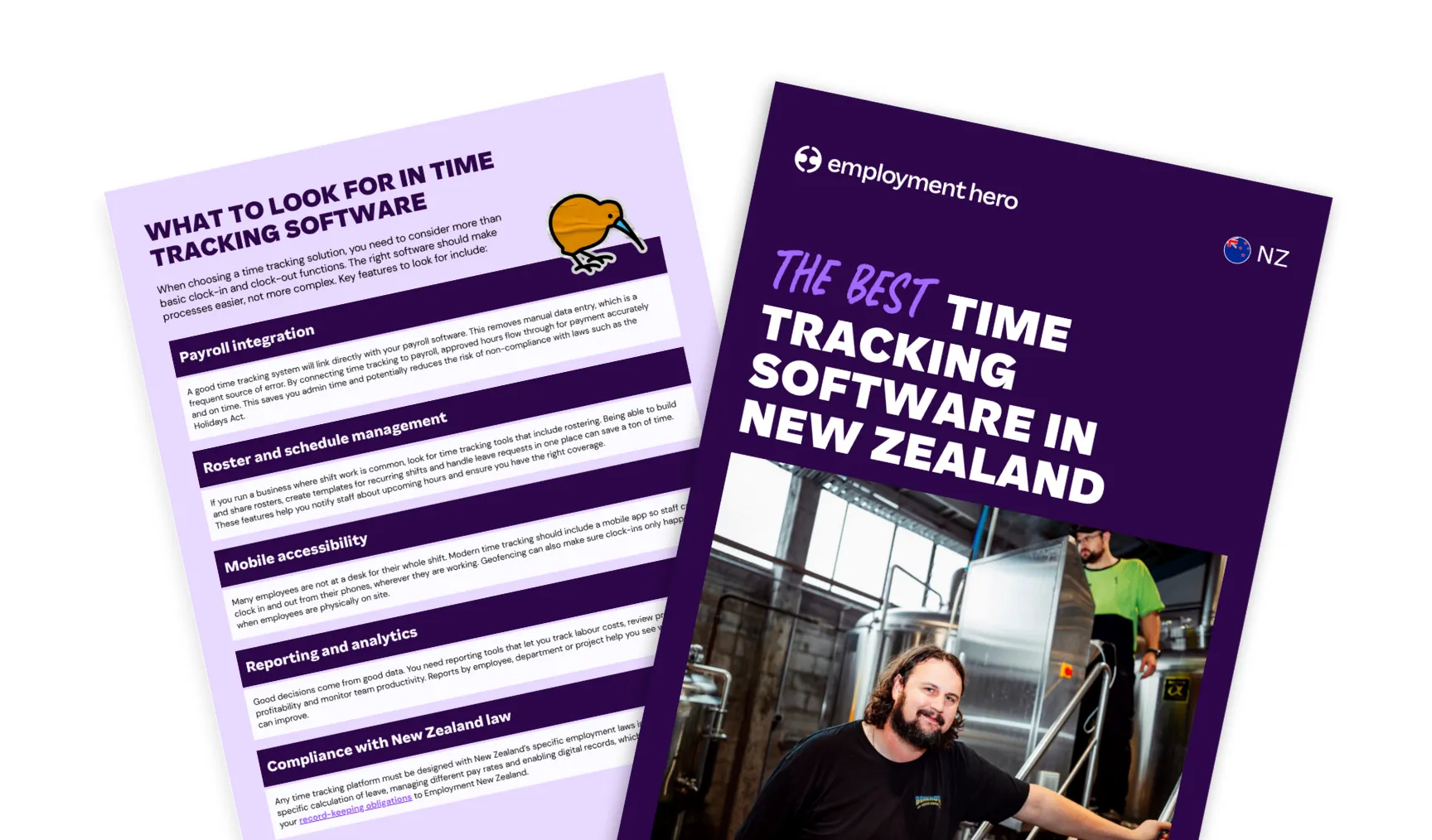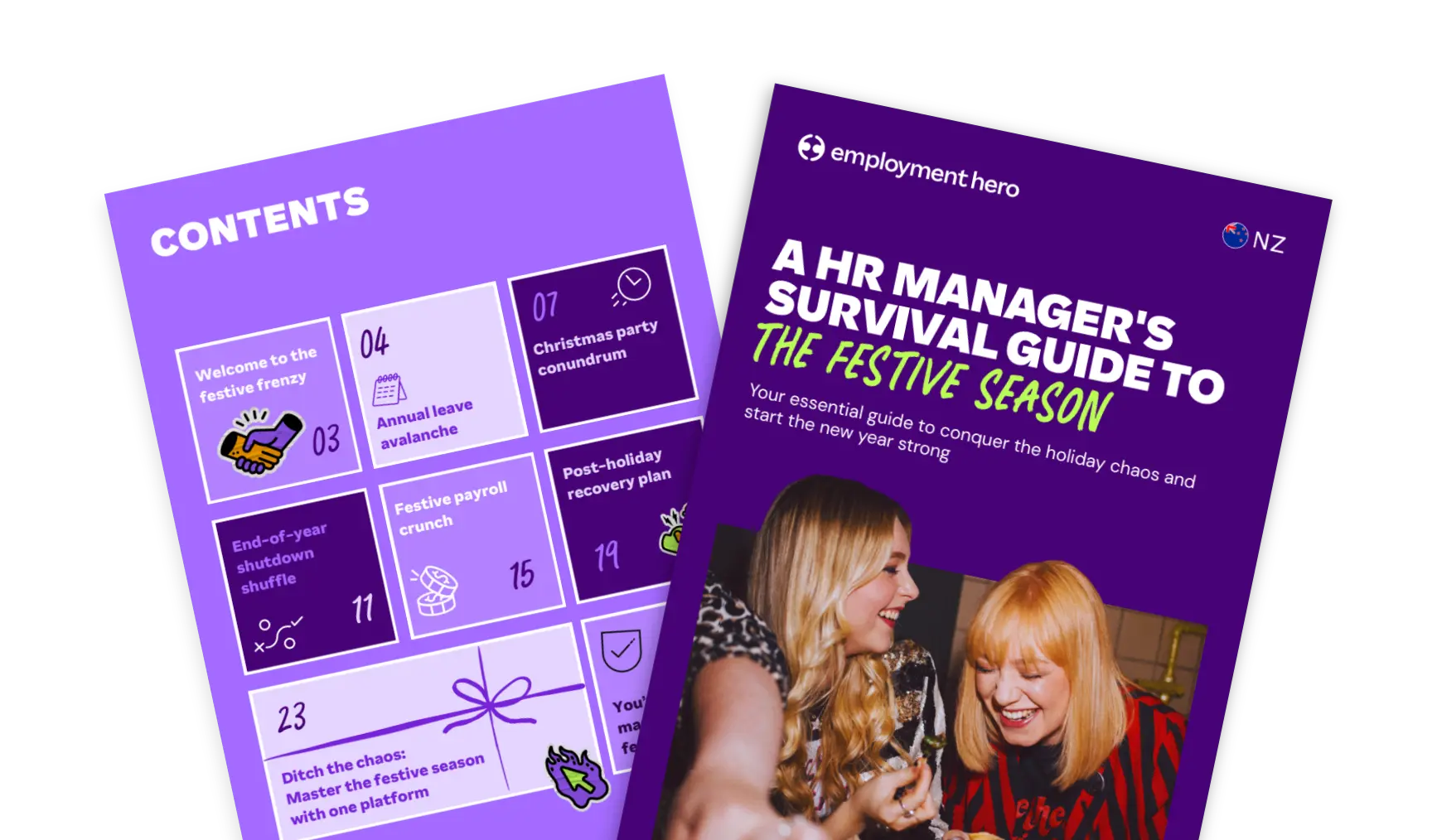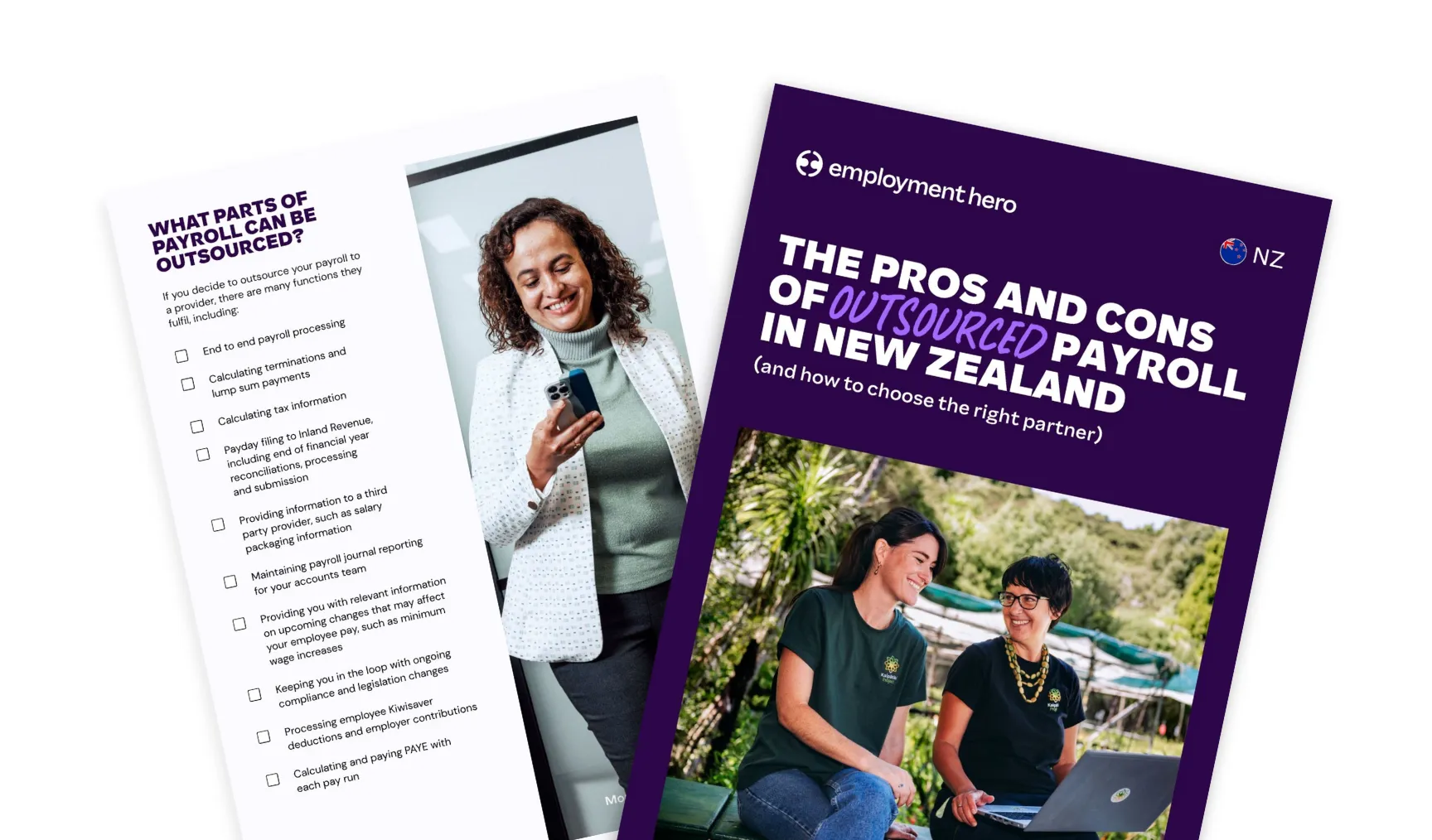Conflict of Interest Policy Template
Published
Conflict of Interest Policy Template
Your organisation’s integrity hinges on how effectively you handle conflicts of interest. This policy template offers guidance to identify and address conflicts before they affect trust or performance.
What is covered in this template?
This comprehensive resource equips your HR team with tools to address situations where personal circumstances may influence professional duties. The template includes
- General expectations for employees and managers in regards to a potential conflict of interest.
- Examples of potential conflicts of interest.
- A process for identifying and reporting conflicts of interest.
- A procedure for registering and managing conflicts of interest, as well as who is responsible for both.
- Potential disciplinary consequences in the event of non-declaration or non-adherence to the policy.
What are the employers’ obligations when managing conflict?
Your organisation needs practical approaches that protect both your business and your people. A thoughtful framework helps everyone understand where personal and professional boundaries might overlap.
- Create a straightforward process for staff to identify and declare conflicts using clear forms that ask the right questions without overwhelming detail.
- Define what potential, perceived and actual conflicts look like in your context and share relevant examples that reflect your industry’s specific challenges.
- Maintain privacy when staff disclose personal information, storing declarations securely with appropriate access controls.
- Consider each situation on its specific circumstances, avoiding one-size-fits-all responses that might create unnecessary restrictions.
- Keep records of disclosures and your management approach; documenting your reasoning to demonstrate fair and consistent decision-making.
- Put sensible controls in place without creating unnecessary barriers, such as reassigning specific duties rather than entire roles when possible.
- Check that your conflict management system works as intended, reviewing your policy annually and after any significant organisational changes.
- Help managers respond effectively when team members share conflicts, whether through confidential conversations, standardised forms or a designated contact point in your HR team.
Implementing a 1:1 coaching approach can help managers address sensitive conflict situations with the appropriate care.
What are private or personal interests?
In the context of a conflict of interest, “private or personal interests” refer to any interests that a person, such as a company director or employee, holds outside of their professional duties that could potentially influence their decisions and actions in their work role.
At the centre of this concept is the idea that individuals in a business must act in the best interests of the company, not for personal gain or for the benefit of people they’re connected to. When a private interest overlaps with professional duty, it creates a conflict of interest.
Different types of private interests include:
-
Financial interests
This is the most common and obvious type of private interest. It includes situations where a person could gain or lose money from a business decision. Examples include owning shares in a competing company, receiving a financial benefit from a third party that is contracted to your business or having debt with a company that your business is working with.
-
Non-financial interests
Non-financial interests are situations where a person’s relationship or personal view could create bias. For example, that could be making a business decision that could benefit a spouse or family member. It could also include being a member of a club or association that is being considered for a contract from the company.
- Conflict of roles
A conflict of roles is a situation where a person is a decision-maker for two different organisations about the same matter. For example, if you’re an employee of a Crown entity, but you’ve been appointed as a representative on a community trust that is funded by that entity.
It’s important to note that any conflict of interest can be:
- Actual: The conflict already exists.
- Potential: The conflict could happen in the future.
- Perceived: Even if no actual conflict exists, a reasonable person might believe that the individual’s private interests could influence their decisions.
What are the steps to successfully manage conflict?
When a potential situation surfaces, having a structured pathway helps everyone navigate the situation with confidence. This practical sequence guides you from initial identification through to ongoing monitoring.
- Begin with a disclosure conversation where the employee explains the potential conflict in their own words.
- Document the specific nature of the conflict using your standard declaration form
- Assess the risk level by considering factors like decision-making authority and financial implications.
- Consult relevant stakeholders while maintaining appropriate confidentiality
- Select the most appropriate management strategy — whether recusal, oversight or reassignment.
- Communicate the decision clearly to the employee and the necessary team members
- Implement the agreed controls with clear timeframes and responsibilities.
- Consider incorporating a 360-degree review when evaluating how effectively conflicts have been managed, especially for senior positions where the impact of conflicts can be far-reaching.
How should an employer identify perceived versus genuine conflict?
Understanding the difference between perceived and actual conflicts helps you respond proportionately to each situation. A perceived conflict exists when circumstances suggest a potential for bias, even when no improper influence occurs; it’s about how the situation might reasonably appear to others.
An actual conflict arises when a genuine clash between personal interests and professional duties materially affects, or could affect, an employee’s judgment or actions. In severe cases where conflicts have repeatedly affected work quality, a performance improvement plan may be necessary to address the underlying issues.
Ready to strengthen your approach to conflicts of interest? Download our template to establish clear boundaries and protect your organisation.
Manage your team with the Employment Operating System
It’s crucial that employers document complex issues like a conflict of interest. They also need a structure in place to handle it in the future.
Our Employment Operating System helps manage complex cases with structure and accountability. An all-in-one employment solution, it includes detailed policies that can be easily customised, sent out and acknowledged digitally across the business. The system also allows you to easily document conversations between managers and employees, as well as conduct regular reviews to ensure accountability.
That’s not all. The Employment Operating System offers everything from HR and recruitment, payroll, employee engagement, EAP services, HR advisory and much more. It’s the easiest way to bring all things employment into one central place.
If you’re ready to streamline employment in your business, get in touch with one of our business specialists or see us in action with a quick demo. effectiveness.
The information in this factsheet is current as at 2 September 2025, and has been prepared by Employment Hero Pty Ltd (ABN 11 160 047 709) and its related bodies corporate (Employment Hero). The views expressed in this factsheet are general information only, are provided in good faith to assist employers and their employees, and should not be relied on as professional advice. Some information is based on data supplied by third parties. While such data is believed to be accurate, it has not been independently verified and no warranties are given that it is complete, accurate, up to date or fit for the purpose for which it is required. Employment Hero does not accept responsibility for any inaccuracy in such data and is not liable for any loss or damages arising directly or indirectly as a result of reliance on, use of or inability to use any information provided in this factsheet. You should undertake your own research and seek professional advice before making any decisions or relying on the information in this factsheet.
To download the policy template, we just need a few quick details.
Related Resources
-
 Read more: Best time tracking software for NZ businesses
Read more: Best time tracking software for NZ businessesBest time tracking software for NZ businesses
Discover the best time tracking software for NZ businesses. Compare tools, find the right fit, and make time tracking simple…
-
 Read more: HR Managers: Don’t just survive the festive season, master it
Read more: HR Managers: Don’t just survive the festive season, master itHR Managers: Don’t just survive the festive season, master it
Make year-end easier: manage leave, payroll, parties and shutdowns with confidence. Get practical tips for NZ SMEs. Download the free…
-
 Read more: Outsourcing payroll in New Zealand: Guide for employers
Read more: Outsourcing payroll in New Zealand: Guide for employersOutsourcing payroll in New Zealand: Guide for employers
Learn how payroll outsourcing works in NZ, its benefits and risks, and how Employment Hero NZ makes it simpler and…





















